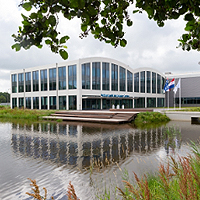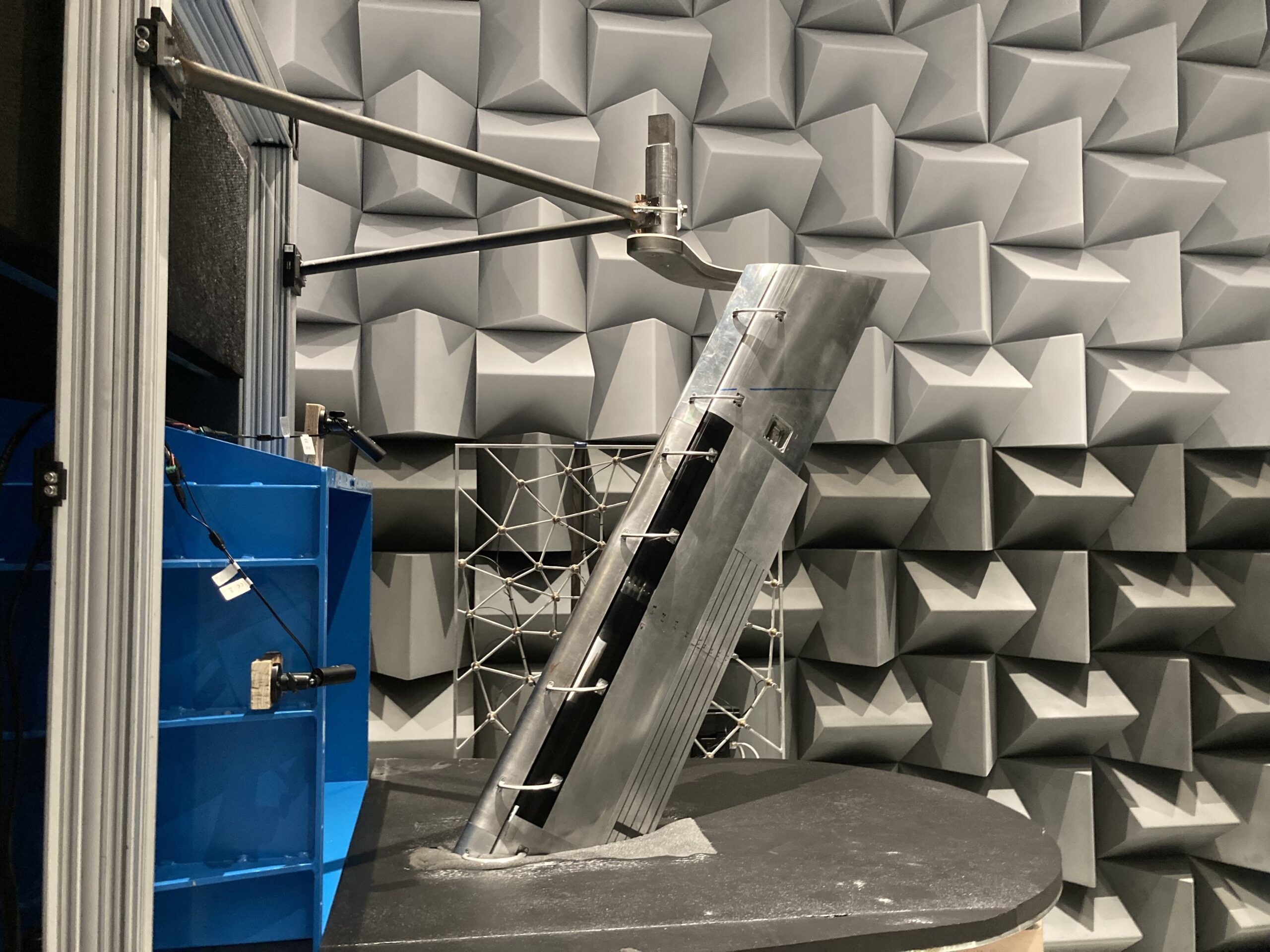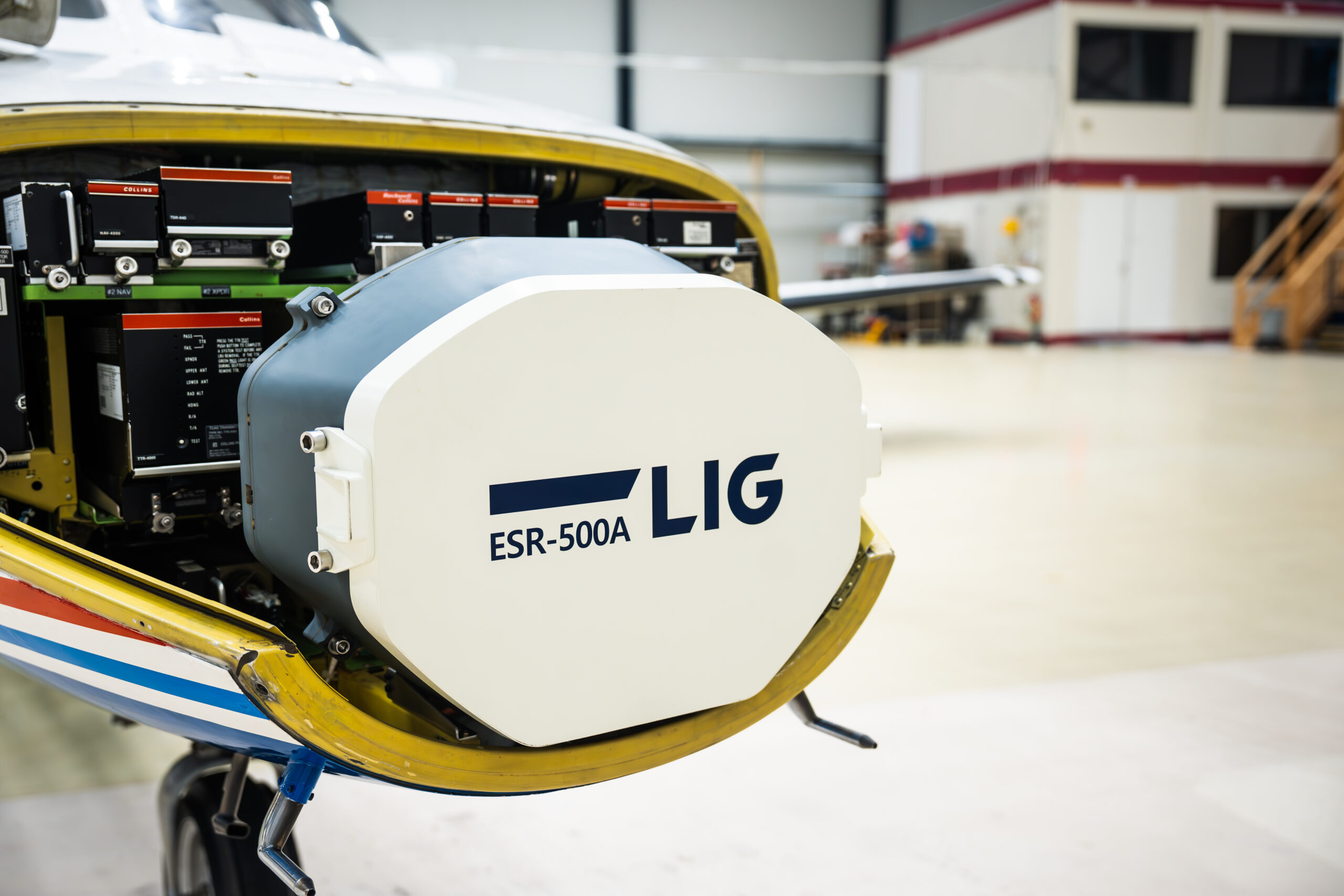The Clean Sky 2 Coordination and Support Action TRANSCEND (Technology Review of Alternative and Novel Sources of Clean Energy with Next-generation Drivetrains) identifies what alternative energy sources for aviation and novel aircraft propulsion methods can help mitigate climate change and achieve the environmental goals for 2050. Additionally, as we progress towards 2050 roadmaps and strategic recommendations for alternative energy sources and novel propulsion techniques have been developed to ensure that the potential contributions become reality.
The challenge
Global air travel is expected to increase significantly in the coming decades. At the same time, becoming climate-neutral by 2050 is a key objective that aviation will have to play its part in. Reducing greenhouse gas emissions is therefore one of the main challenges when developing future commercial aircraft. One of the research objectives of TRANSCEND is to estimate the effect of introducing hydrogen (H2) powered aircraft on global greenhouse gas emissions by 2050.
The solution
In our simulations, the relative number of flights with H2-powered aircraft increases from 2035 to 2050: by up to 38% in the low traffic scenario and up to 35% in the high traffic scenario. This leads to fleet level reductions of 20% (low traffic scenario) and 16% (high traffic scenario) in global gross CO2 emissions by 2050 compared to the case in which no H2-powered aircraft are introduced. On the other hand, global gross energy consumption and NOx emissions increased slightly and H2O emissions increased significantly.
What did we do?
The potential of H2-based aircraft propulsion was studied at both the aircraft level and the fleet level. H2-powered configurations (with future entry into service) were conceptually dimensioned and assessed in terms of mission energy consumption and emissions for three different ICAO seat classes in the 20 to 300-seat range: a regional turboprop
configuration, a single-aisle turbofan configuration and a twinaisle turbofan configuration. The aircraft modelling results were applied in a global fleet-level analysis (for the period 2020–2050) with varying traffic development scenarios (differing primarily in terms of traffic growth, designated low and high).
Project partners:
Royal NLR, Delft University of Technology

This project has received funding from the Clean Sky 2 Joint Undertaking under the European Union’s Horizon 2020 research and innovation programme EU and has been co-funded by the European Union (Grant Agreement number: 864089).




